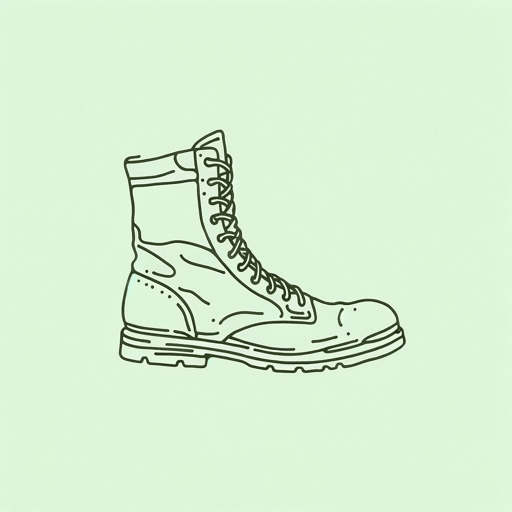43 pages • 1 hour read
Kathleen BelewBring the War Home: The White Power Movement and Paramilitary America
Nonfiction | Book | Adult | Published in 2018A modern alternative to SparkNotes and CliffsNotes, SuperSummary offers high-quality Study Guides with detailed chapter summaries and analysis of major themes, characters, and more.
Chapters 3-4Chapter Summaries & Analyses
Chapter 3 Summary: “A Unified Movement”
By the late 1970s, various factions of the white power movement had started working together by staging events, such as screenings of the pro-KKK film Birth of a Nation, to provoke confrontations with left-wing demonstrators. Screenings of Birth of a Nation afforded them a chance to demonstrate to a wider audience their willingness to step up to those they regarded as communists and other “traitorous, radical, and dangerous” elements (58). Even when police or the National Guard were able to forestall violence, white power activists hoped their appearance in public as a well-armed militia would impress potential recruits and intimidate foes. Preparation for “war against communists, blacks, and other enemies” (60) helped erase distinctions between Klansmen, neo-Nazis, neo-Confederates, and other white power elements, just as the radical left was cracking under internal divisions and government infiltration. Linkages among various white power groups turned factions into a broader social movement, with networks of kinship and mutual support developing among them. To patch up their differences, they downplayed race and instead focused on communism, which was perceived as a threat to religion, marriage, and property, as well as established racial hierarchies.
A major area of focus was North Carolina, where socialist labor organizers had run afoul of the Klan.
Featured Collections
Books on U.S. History
View Collection
Common Reads: Freshman Year Reading
View Collection
Memorial Day Reads
View Collection
Military Reads
View Collection
Nation & Nationalism
View Collection
Politics & Government
View Collection
Sociology
View Collection
The Best of "Best Book" Lists
View Collection
True Crime & Legal
View Collection

